Before purchasing a desk lamp, in addition to considering specifications, functions, and usage scenarios, in order to ensure safety, don’t ignore the certification mark on the outer packaging. However, there are so many certification marks for table lamps, what do they mean?
At present, almost all LED lighting is used, whether it is light bulbs or light tubes. In the past, most of the impressions of LED were on the indicator lights and traffic lights of electronic products, and they rarely entered our daily lives. However, as technology has matured in recent years, more and more LED desk lamps and light bulbs have appeared, and street lamps and car lighting have gradually been replaced by LED lamps. Among them, LED desk lamps have the characteristics of power saving, durability, safety, smart control, and environmental protection. They have more advantages than traditional incandescent bulbs. Therefore, most desk lamps on the market currently use LED lighting.
However, most desk lamps on the market advertise features such as flicker-free, anti-glare, energy-saving, and no blue light hazard. Are these true or false? Be sure to keep your eyes open and refer to the label certification in order to buy a desk lamp with guaranteed quality and safety.
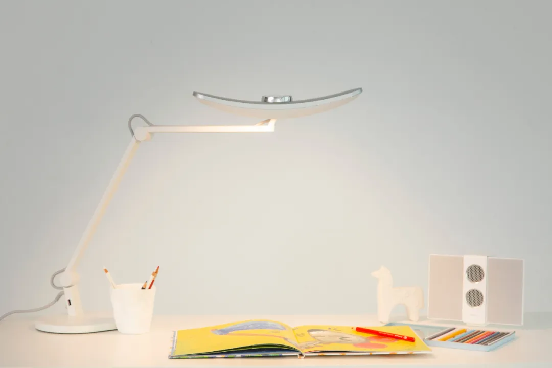
Regarding the "Safety Standards for Lamps" mark:
In order to protect the rights and interests of consumers, the environment, safety, and hygiene, and to prevent inferior products from entering the market, governments in various countries have labeling systems based on laws and international standards. This is a mandatory safety standard in each region. There is no safety standard passed by each country. Zhang cannot enter the area to sell legally. Through these standard lamps, you will get a corresponding mark.
Regarding the safety standards of lamps, countries have different names and regulations, but the regulations are generally established in accordance with the same international standards of the IEC (International Electrotechnical Commission). In the EU, it is CE, Japan is PSE, the United States is ETL, and in China it is It is CCC (also known as 3C) certification.
CCC stipulates which products need to be inspected, according to what technical specifications, implementation procedures, unified marking, etc. It is worth noting that these certifications do not guarantee quality, but are the most basic safety labels. These labels represent the manufacturer's self-declaration that its products comply with all relevant regulations.
In the United States, UL (Underwriters Laboratories) is the world's largest private organization for safety testing and identification. It is independent, non-profit, and sets standards for public safety. This is a voluntary certification, not mandatory. UL certification has the highest credibility and the highest recognition in the world. Some consumers with strong product safety awareness will pay special attention to whether the product has UL certification.
Standards about voltage:
Regarding the electrical safety of desk lamps, each country has its own regulations. The most famous one is the EU LVD Low Voltage Directive, which aims to ensure the safety of desk lamps when used. This is also based on IEC technical standards.
Regarding low flicker standards:
"Low flicker" refers to reducing the burden caused by flicker to the eyes. Strobe is the frequency of light changing between different colors and brightness over time. In fact, some flickers, such as police car lights and lamp failures, can be clearly perceived by us; but in fact, desk lamps inevitably flicker, it is just a matter of whether the user can feel it. Possible harms caused by high frequency flash include: photosensitive epilepsy, headache and nausea, eye fatigue, etc.
According to the Internet, the flicker can be tested through the mobile phone camera. However, according to the statement of the Beijing National Electric Light Source Quality Supervision and Inspection Center, the mobile phone camera cannot evaluate the flicker/stroboscopic of LED products. This method is not scientific.
Therefore, it is better to refer to the international standard IEEE PAR 1789 low-flicker certification. Low-flicker desk lamps that pass the IEEE PAR 1789 standard are the best. There are two indicators for testing strobe: Percent Flicker (flicker ratio, the lower the value, the better) and Frequency (flicker rate, the higher the value, the better, less easily perceived by the human eye). IEEE PAR 1789 has a set of formulas to calculate frequency. Whether the flash causes harm, it is defined that the light output frequency exceeds 3125Hz, which is a non-hazardous level, and there is no need to detect the flash ratio.
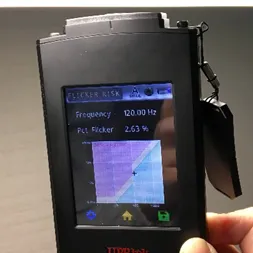
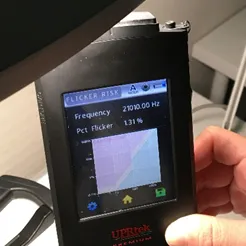
(The actual measured lamp is low-stroboscopic and harmless. A black spot appears in the above picture, which means that although the lamp has no flickering hazard, it is close to the hazardous range. In the lower picture, no black spots are visible at all, which means that the lamp is completely within the safe range of strobe. Inside)
Certification about blue light hazards
With the development of LEDs, the issue of blue light hazards has also received increasing attention. There are two relevant standards: IEC/EN 62471 and IEC/TR 62778. The European Union's IEC/EN 62471 is a wide range of optical radiation hazard tests and is also the basic requirement for a qualified desk lamp. The International Electrotechnical Commission's IEC/TR 62778 focuses on the blue light hazard assessment of lamps and divides blue light hazards into four groups from RG0 to RG3:
RG0 - There is no risk of photobiohazard when the retinal exposure time exceeds 10,000 seconds, and no labeling is necessary.
RG1- It is not advisable to look directly at the light source for a long time, up to 100~10,000 seconds. No marking is necessary.
RG2-It is not suitable to look directly at the light source, maximum 0.25~100 seconds. Caution warnings must be marked.
RG3-Looking directly at the light source even briefly (<0.25 seconds) is dangerous and a warning must be displayed.
Therefore, it is recommended to purchase desk lamps that comply with both IEC/TR 62778 hazard-free and IEC/EN 62471.
Label about material safety
The safety of desk lamp materials is very important. If the manufacturing materials contain heavy metals such as lead, cadmium, and mercury, it will cause harm to the human body. The full name of EU RoHS (2002/95/EC) is "Directive on the Prohibition and Restriction of Hazardous Substances in Electrical and Electronic Products". It protects human health by restricting hazardous substances in products and ensures proper disposal of waste to protect the environment. . It is recommended to purchase desk lamps that pass this directive to ensure the safety and purity of the materials.
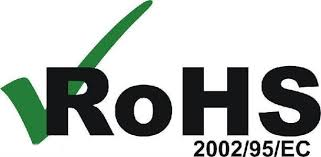
Standards on electromagnetic radiation
Electromagnetic fields (EMF) can cause dizziness, vomiting, childhood leukemia, adult malignant brain tumors and other diseases in the human body, greatly affecting health. Therefore, in order to protect the human head and torso exposed to the lamp, lamps exported to the EU need to be compulsorily evaluated for EMF testing and must comply with the corresponding EN 62493 standard.
The international certification mark is the best endorsement. No matter how many advertisements promote product functions, it cannot compare with the credibility and official certification mark. Therefore, choose products with international certification marks to prevent being deceived and used improperly. More peace of mind and health.
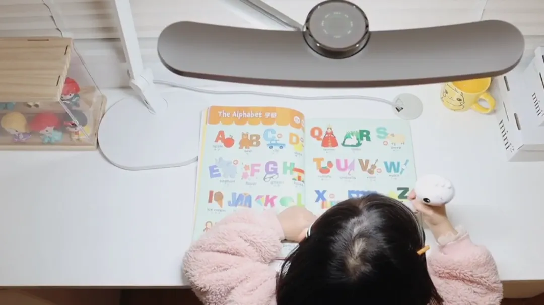
Post time: Jun-14-2024





